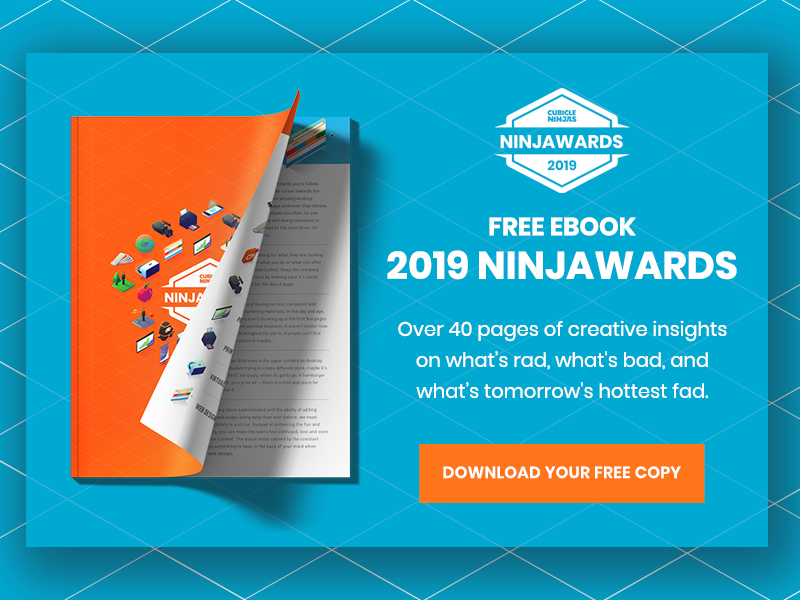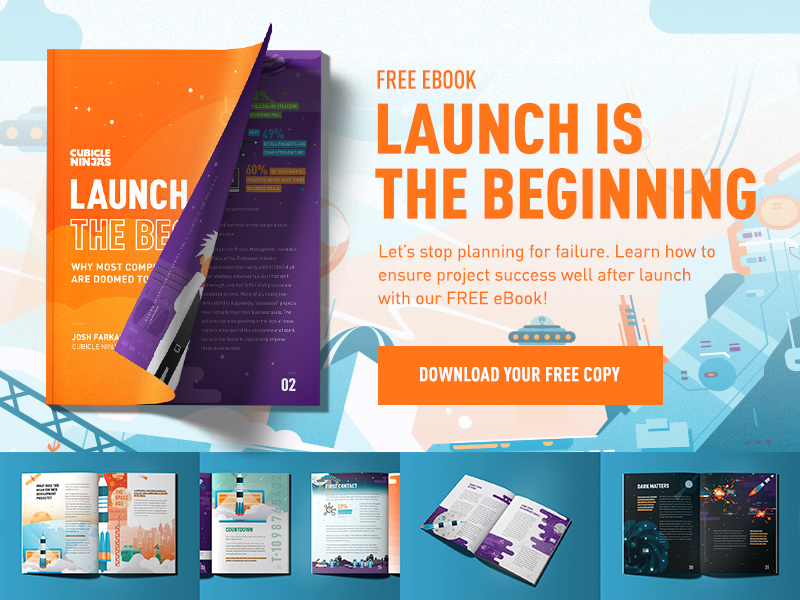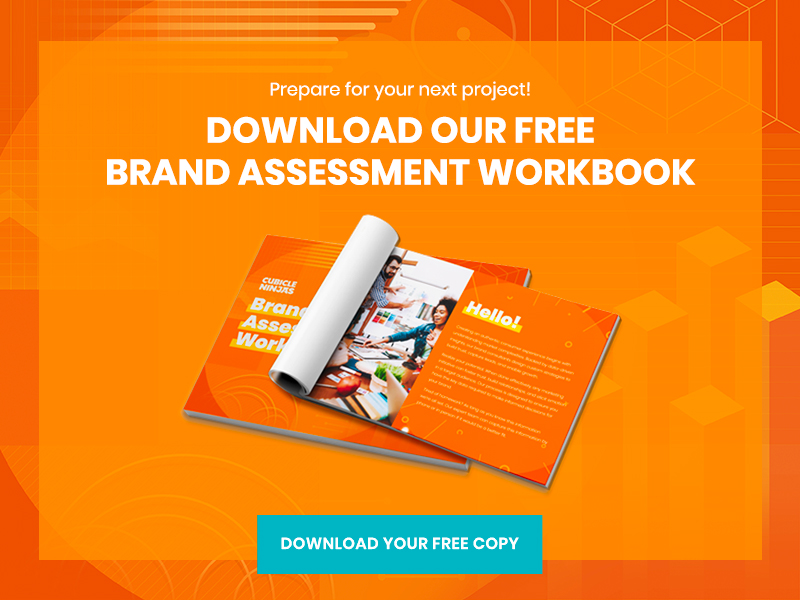
In 2018, there were 1,630,322,579 websites on the internet. Some of these websites are inactive, but more than 200 million are fully functional.
However, search engines don’t always display all websites on the first few pages of SERPs, and today’s internet users are always in a rush and don’t like scrolling through lengthy lists.
By and large, users tend to stick to the top results on search engines. Studies by Smart insights say that 36.4% of users click on the first link, while the second result gets only 12.5% traffic. The click-through rates drops to 2.6% for the first link on the second page.
The numbers make it clear that if you want to establish your website, you have to work on improving its search engine ranking.
Here are 51 SEO best practices that will help you to achieve your target!
51 SEO Best Practices
Plan Keyword Usage Strategy
Keywords are the small words or phrases that define the central concept of your content. In terms of SEO, they are the phrases that the users type in the search bar. Usually, marketing experts use Google analytics to find the most searched terms and then use them to build their pages.
Best Practices
1. Never use the same keyword for more than one page. It can lead to keyword cannibalization and decrease SEO ranking.
2. The primary title of your page should contain the keyword. Try to keep it as close to the front as possible.
3. Try to include your primary keyword in the link structure of your page.
4. Include the primary keyword in the first paragraph of your content. It will help the web crawlers to understand the webpage from the very beginning.
5. To support the search crawler, consider adding the keyword to at least one of the subheadings.
6. Use the keyword in Meta description and Meta titles. It will ensure that the consumer finds relevant results.
7. Distribute the primary keyword throughout the content, but make sure that its density never reaches more than 2%. Search engines often classify pages with higher keyword density as overstuffed and decreases their ranking.
8. The ALT text of your images should contain a keyword. It will ensure that the search engines display relevant images in search result windows.
9. Assign and use secondary keywords on your page. It will send an extra content signal to the search engine crawlers and improve your appearance.
Improve Internal linking
Internal linking is the procedure of creating links that enable the user to move through different sections of your pages. These links facilitate navigation and help users explore the site.
Internal linking also helps search engine crawlers create a relationship between all the pages. This relationship-building helps search engines figure out the different subjects that your content covers.
Best Practices
10. Internal linking will need you to create a lot of exciting and engaging content. The content can include text, graphics, animation, and other attention-grabbing materials.
11. Use relevant anchor text for linking your articles. The anchor text needs no research or optimization, but it has to be natural and fluent.
12. The content or text around the anchor text has to add value to it. It should present its value and create a beacon that can divert focus on it.
13. Consider using target keywords as anchor text for better click-through rates.
14. Website users don’t like to wait, so never use redirect links or internal linking.
15. Check links and repair broken ones every now and then.
16. A large number of internal links can confuse viewers. Try to use only relevant and a limited number of internal links.
17. Avoid using “Contact Us” and “Homepage” links for internal linking.
Create Quality External Links
Similar to internal linking, external linking is a crucial component of SEO best practices. In fact, external linking is one of the most effective and budget-friendly SEO best practices. This linking process helps you to establish a connection with high authority sites and attain more traffic through them. External linking with a trustworthy site also adds more credibility to your site.
Best Practices
18. Connect with popular sites and upload guest posts on their websites.
19. Use only high authority and well-recognized websites for external linking.
20. Include a relevant primary and secondary keyword along with a suitable anchor text.
21. Add one or more high authority links into the content or post to reestablish its value.
22. Keep upgrading and repairing links to ensure the links never meet a dead end.
23. Try to redirect external traffic to relevant content or service pages rather than the homepage.
24. Never use the external link anchor text in a way that is disjointed from your content. Keep the link anchor as natural and fluent as possible.
Check Technical Aspects
Internal and external linking can help users navigate your site. However, both of these techniques won’t yield much result if the technical aspects of your website are not up to the task.
Best Practices
25. Google may be the most used search engine, but other engines like Bing exist. Align your pages with each one of them.
26. Create webmaster accounts and submit website maps to Bing and Google.
27. Consider pointing all the domains to the same host. It helps users reach your website.
28. Track web performance and analyze all activity. It will help you to find the weaker sections.
29. Use organized and natural site structure. This enables the crawler to navigate through the pages with ease.
30. Internet users prefer to use websites that are secure and use encrypted data transfer. Therefore, make it a point to include SSL certification on your website.
31. The loading speed of your pages has a direct impact on user experience, conversion rates, and user retention rates. Be sure to optimize your pages for faster loading on all kinds of devices.
32. Create adaptive websites so that the size of the screen or input method cannot decrease its engagement rate.
33. Create a proper Robot.Txt to prevent crawlers from accessing disallowed pages.
34. Include AMP tags in your website content. It will boost speed and decrease loading time.
Create More Shareable Content
Linking and keywords can influence users and direct them to your pages, but they cannot persuade them to share or refer your content. The likeliness that your content will be shared is based on its value and quality.
Best Practices
35. Try to ensure that all the keywords that you use relate to your content and look natural.
36. Google is using an advanced machine language technology in its ranking algorithm. This system understands words that have the same meaning, so using LSI keywords will boost your ROI.
37. Always include text descriptions to explain your infographics, images, and other graphics.
38. The content that you create has to be unique and easy to understand.
39. Decide the length of your posts wisely. For instance, Long posts are excellent for topics that need in-depth explaining, while short posts are best for product descriptions.
40. Never write the content as a whole. Divide it into subsections and use adequate formatting like headers and italics to increase its readability.
41. Group pages with similar content under a common category. This will help search engines understand them better.
Use Proper Image ALT Tags
Search engine bots cannot understand images and graphics. Therefore, you have to provide an alternative text to explain your graphics. These alternative texts are known as ALT tags.
Best Practices
42. Optimize product images and include the main keyword in their ALT texts.
43. Try to mention the topic in your ALT text.
44. Keep the text as small as possible. It will decrease the effort on loading and search engines give preference to short ALT texts.
45. Be specific with the image’s context and subject.
46. Never start your text with “Picture of” or “Image of.”
Focus On Local SEO
Local SEO is search engine optimization that you do to improve your local recognition. It helps users around your location know about your services and connect directly to your firm.
Best Practices
47. Embed a Google Map into your website so that local searchers can find it easily.
48. Try to focus on local sites, industries, and well-known spots in your content.
49. Include NAP (Name, Address, and Phone) details in your local pages and spread them consistently throughout your content.
50. Consider posting on Google My Business and social media platforms.
51. Use consumer testimonials on your web pages. The better reviews you have, the higher your recognition and click through rates will be.
Conclusion
These SEO best practices will help you align your content with the present search engines trends and enhance your ranking. By optimizing your SEO, you can improve your sales and ensure better market saturation.
Looking for More Custom Web & App Development Insights?
Check out our Ultimate Pre Website Launch Checklist!
Need more help? No problem! Get in touch with a ninja today to start brainstorming!





















